We’ve all parroted these “facts” at some point, usually with confidence and zero hesitation. Maybe they came from a grade-school worksheet or a well-meaning teacher who was also misinformed. Either way, it’s humbling to learn how many so-called truths we’ve absorbed over the years that simply aren’t true.
Here is a closer look at these facts, so we can set the record straight.
Napoleon Was the Shortest Leader in History
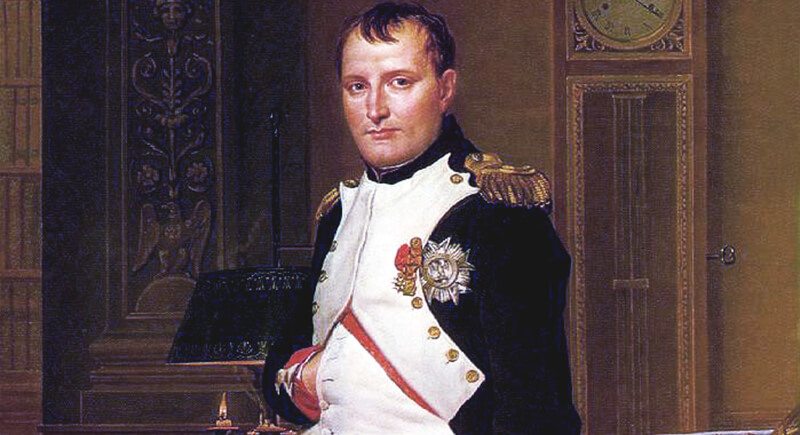
The image of a tiny, belligerent Napoleon came from 1800s British cartoons. He actually stood around five feet seven, which was average for his time. The myth grew out of propaganda and stuck, reinforced by generations of mocking illustrations. He hated those portrayals and complained they did more damage than enemy armies.
Einstein Failed Math in School
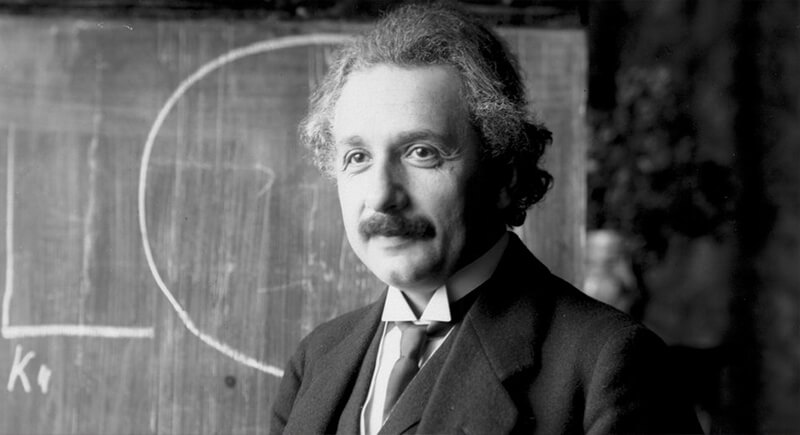
By age 15, he already knew calculus. The claim that Einstein failed math comes from a misinterpretation of his school records. He struggled with non-math subjects during entrance exams, but did well with numbers. His academic troubles had more to do with rigid teaching styles than ability.
The Titanic Sank Solely Because of an Iceberg
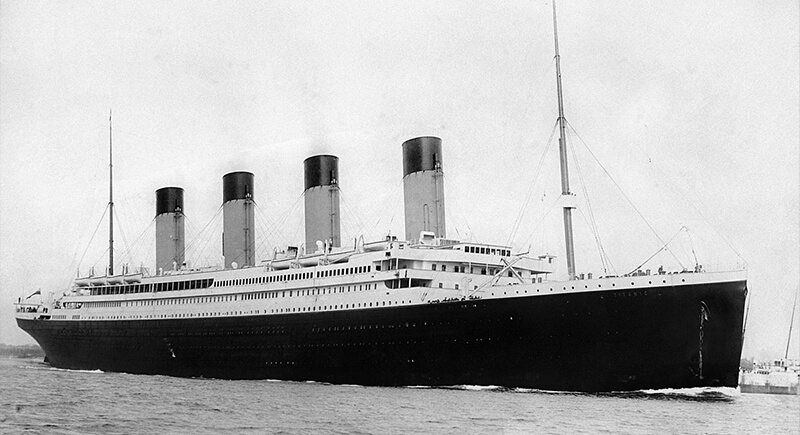
An iceberg did tear through the Titanic’s hull, but some researchers believe a coal fire may have contributed to the disaster. Photos taken before the voyage show dark marks that might indicate fire damage. Though the iceberg caused the sinking, the fire theory offers a possible secondary factor, not a replacement for what most historians agree happened.
The Wright Brothers Were First in Flight
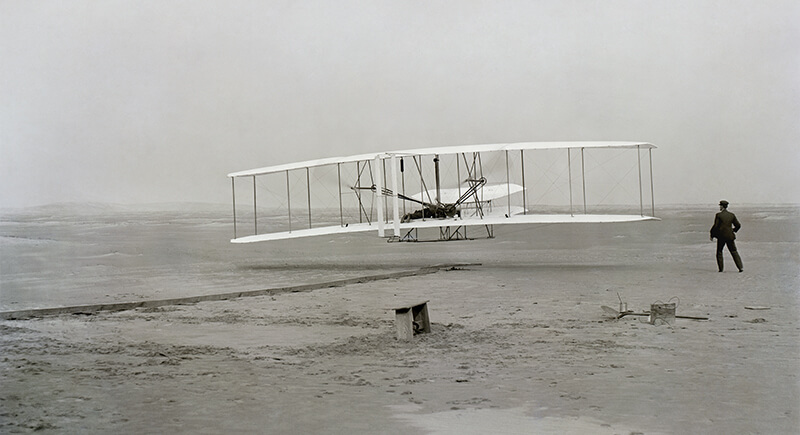
Gustav Whitehead may have flown a powered aircraft in 1901, which beat the Wright brothers by two years. His flight lacked documentation, so it wasn’t accepted at the time. Jane’s All the World’s Aircraft later supported the claim after reviewing evidence. However, the Wright brothers had solid records and better publicity.
Lincoln Fought the Civil War to End Slavery
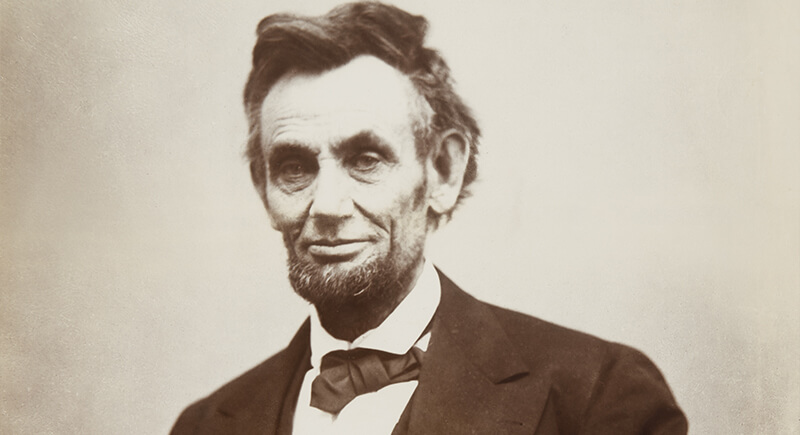
Lincoln’s main goal when war broke out was to preserve the Union. He said he would save the country with or without freeing enslaved people. Only later did he link the war to abolition through the Emancipation Proclamation. The shift gave the conflict a moral focus, but the start was about national unity.
Magellan Circled the Globe Himself
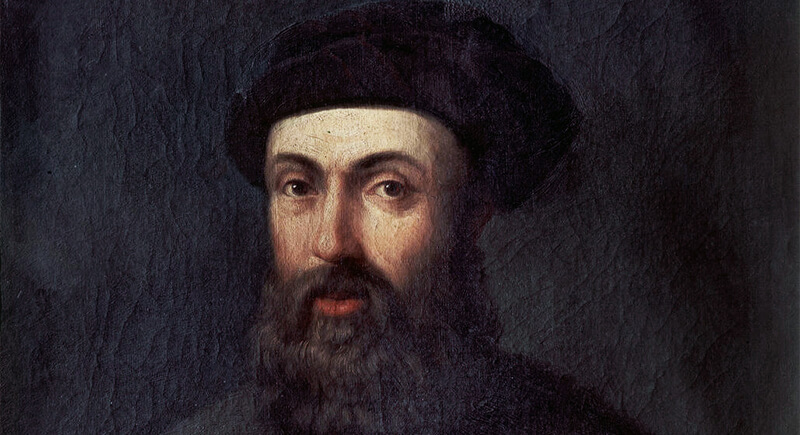
Most people assume the man behind the expedition also saw its end, but that isn’t true. The voyage became the first to circle the globe, yet Ferdinand Magellan passed away in the Philippines before it finished. His crew, led by Juan Sebastián Elcano, completed the return to Spain. Out of 270 sailors, only 18 survived.
Vikings Wore Horned Helmets in Battle
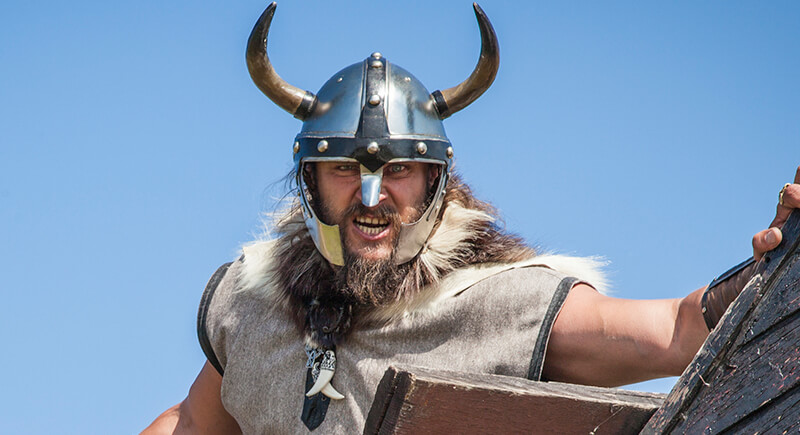
Horned helmets never featured in Viking combat gear. That idea started in the 1800s thanks to an opera costume designer. Horns would have made helmets unwieldy and dangerous for real use. Archaeological finds show smooth metal helmets, designed for protection and practicality.
Van Gogh Cut Off His Own Ear
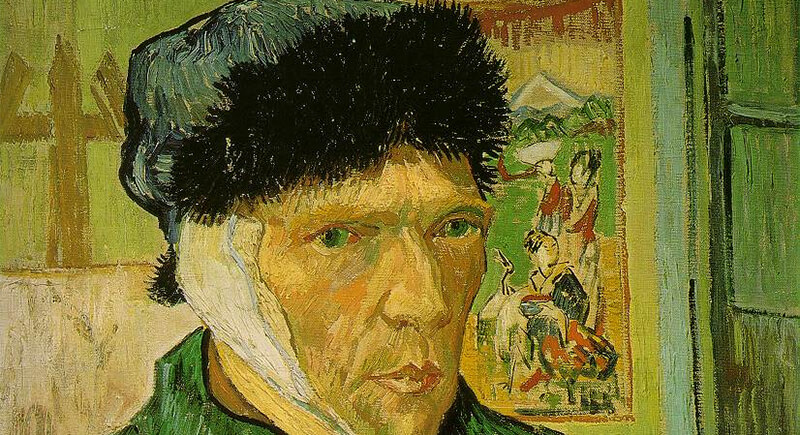
We have all heard the famous story of Van Gogh’s self-inflicted injury during a mental breakdown, but there is no evidence to back it up. Art historians now think Paul Gauguin may have caused the injury during an argument. The two artists had a turbulent relationship and agreed to stay silent about the incident.
Ben Franklin Discovered Electricity with a Kite
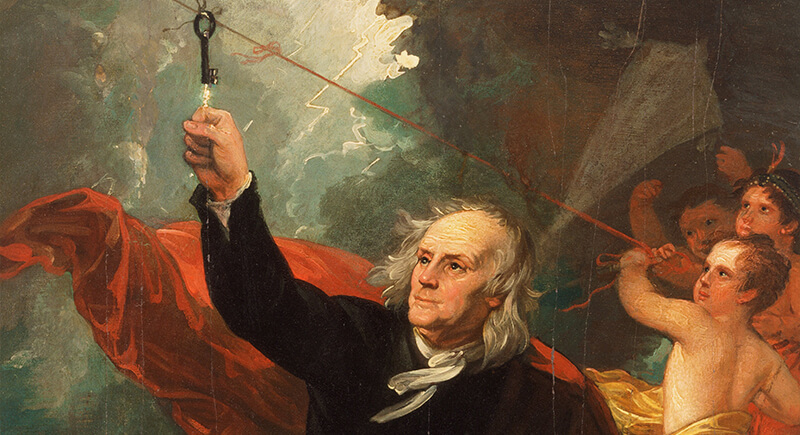
Flying a kite during a storm might sound reckless, but the goal was a simple demonstration. By 1752, scientists already understood basic electrical concepts. Franklin believed lightning carried an electrical charge and wanted to prove it. When his key produced a spark, it confirmed his theory.
Richard III Had a Hunchback
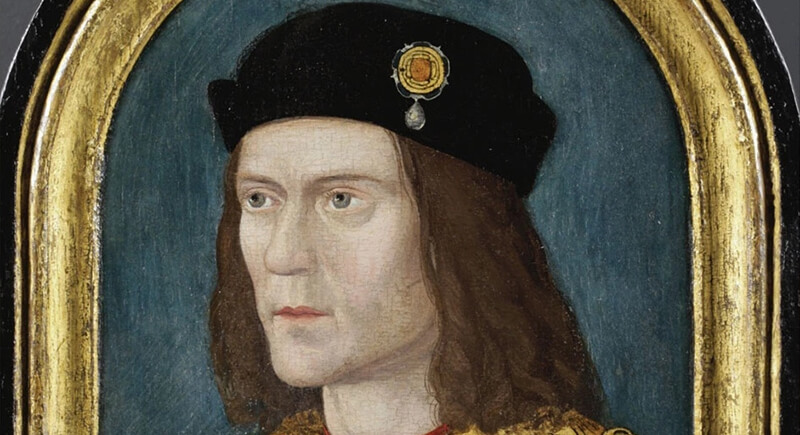
It is widely accepted that Richard III had a hunched back, but a skeleton found in 2012 revealed that he only had scoliosis. Yes, his spine curved sideways, but didn’t arch grotesquely. Shakespeare’s play exaggerated his appearance based on Tudor accounts, which aimed to discredit him after his passing.
Columbus Proved the Earth Was Round
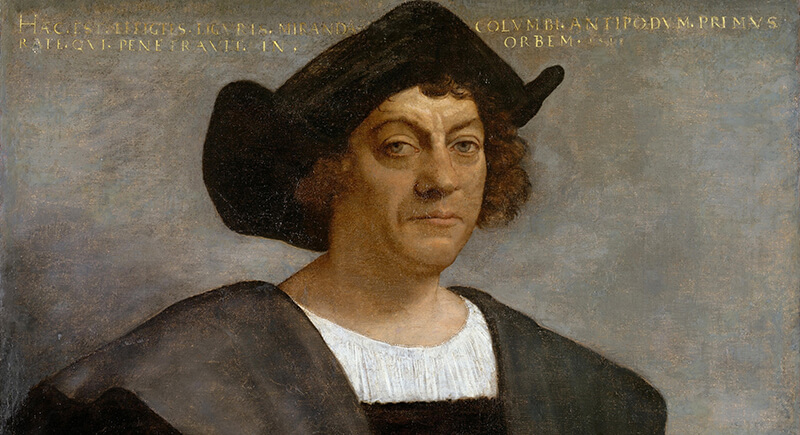
Ancient scholars knew the Earth was round centuries before Columbus sailed. Instead of questioning the shape of the planet, he misjudged its size and assumed Asia was much closer across the Atlantic. Landfall in the Caribbean only reinforced his mistaken belief. The narrative about proving Earth’s roundness appeared later to dramatize the journey.
Rosa Parks Sat in the Whites-Only Section
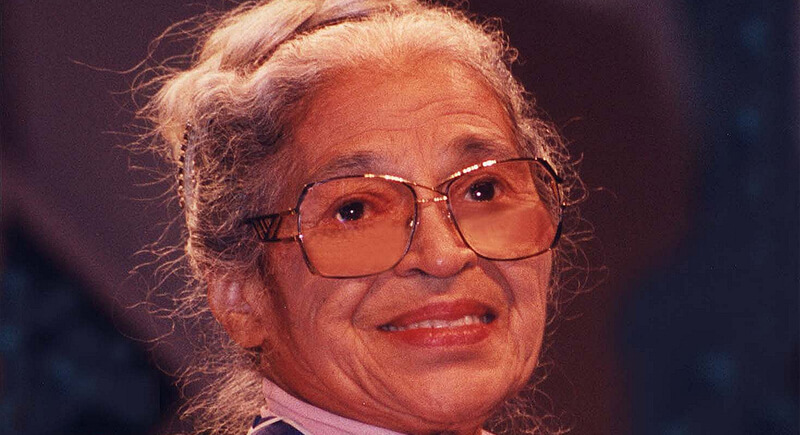
While seated in the Black section, Rosa Parks refused to move when the bus driver demanded that she give up her seat for a white passenger. Numerous people wrongly trust that she sat in the whites-only area, but she never crossed that line. It was this moment that sparked the Montgomery Bus Boycott and helped energize the civil rights movement.
Thanksgiving Began as a Peaceful Harvest Celebration
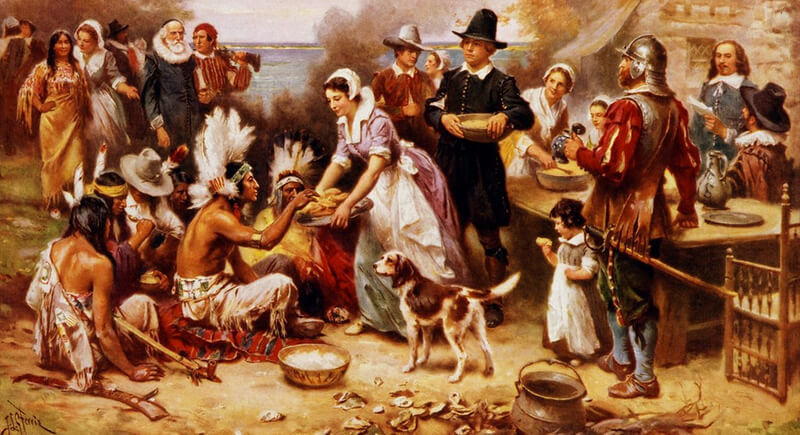
Every time you have Thanksgiving dinner, you may be thinking you are celebrating shared meals between Pilgrims and Native Americans. In reality, the holiday grew out of colonial violence. Over time, the grim origin has faded as the celebration was repurposed during the Civil War.
Alexander Graham Bell Invented the Telephone
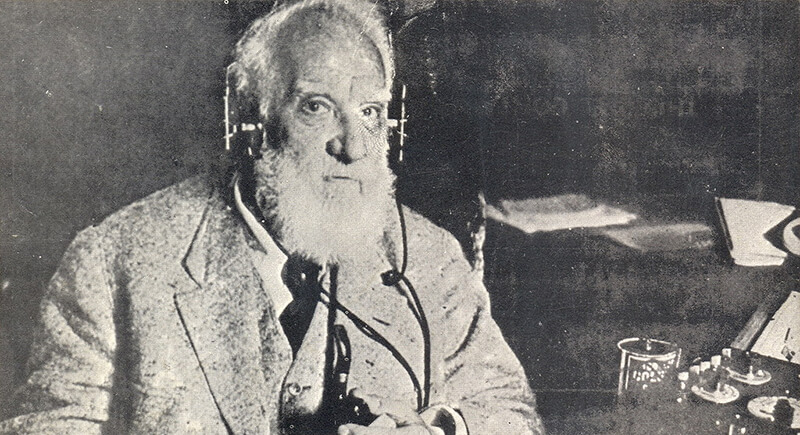
Antonio Meucci created a working telephone before Bell, but couldn’t afford a patent. Bell submitted paperwork first and got credit. However, Meucci had demonstrated his version in New York years earlier, and Congress acknowledged his contribution in 2002.
Pocahontas Fell in Love with John Smith
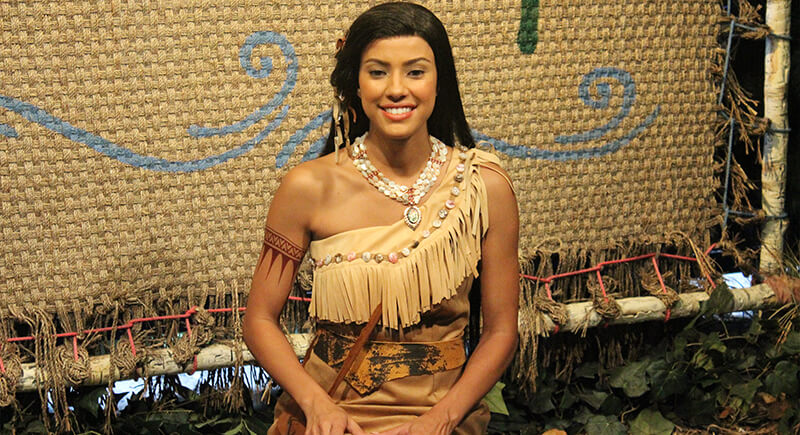
Stories passed down through movies and textbooks often turn historical figures into romantic leads. That’s what happened with Pocahontas. She was a child when she met John Smith, and there’s no evidence of romance between them. Later, she married someone else and had a child.